Tl; dr;
- Continuously evaluate and adapt to evolving customer needs by tracking service inquiries, monitoring social media, and employing CRM tools to analyze customer interactions.
- Use tools like Survicate to run online surveys that reach a broad customer base. Analyze feedback using AI categorization for qualitative data and built-in analytics for quantitative data to generate actionable insights.
- Measure customer satisfaction through metrics like NPS, CSAT, and CES, which provide insight into loyalty, satisfaction with specific interactions, and the effort required from customers.
- Employ data-driven strategies using analytics, data mining, and predictive modeling to tailor marketing efforts, develop future-focused products and services, and conduct effective pricing research.

Understanding customer needs
Customer understanding is essential to successful business practice, shaping everything from product development to personalized marketing.
At the core, it's about comprehending your customer base's preferences, behaviors, and needs so you can serve them more effectively. Businesses that excel in customer understanding can easily tailor their offerings to meet customer needs, increasing satisfaction and loyalty.
To gain a true grasp of who your customers are, it's imperative to collect and analyze relevant data that informs you of their current preferences and predicts future trends.
Techniques like market segmentation, digital journey mapping, and feedback analysis allow you to pinpoint specific customer groups and their unique needs.
Identify core needs
Your first step in customer understanding is to pinpoint the fundamental needs. Create detailed buyer personas to identify customers typical for your business; this helps comprehend various aspects such as their goals, challenges, and behavior patterns.
Utilize methods like:
- Surveys and feedback to gather direct input.
- Market research to discover broader trends and needs.
- Customer data analysis for identifying prevalent issues.
Evaluate customer expectations
Customer expectations are continuously evolving, so your business needs to stay ahead. Expectations encompass product quality, service, and overall experience. To evaluate these, consider:
- Tracking customer service inquiries to identify common areas for improvement.
- Monitoring social media and review platforms for real-time customer opinions.
- Implementing Customer Relationship Management (CRM) tools to analyze interactions and feedback.
Assess customer preferences
Understand customer preferences to tailor your approach to different segments. This includes:
- Analyzing purchasing data to see which products or features are most popular.
- Recognizing patterns in customer feedback to determine preferences on service.
- Keeping up-to-date with industry trends to anticipate shifts in customer tastes.
By mastering these areas, you can better serve your customers and enhance your competitiveness in the marketplace.
How to analyze customer feedback?
Effective customer feedback analysis helps you decipher the rich data your customers provide, turning their opinions into actionable strategies for growth, and ultimately—customer understanding.
Implement surveys
Firstly, ensure your survey reaches a broad spectrum of your customer base to collect diverse feedback. Use a mix of open-ended questions and rating scales for a comprehensive understanding. Tools like Survicate come with ready-to-use templates and distribution features, making your survey scalable and accessible.
Categorize feedback
Next, systematically categorize feedback into product features, customer service, or pricing themes.
Qualitative data that comes from open-ended questions requires careful reading to gauge the sentiment— you can also use software that offers AI feedback categorization, such as Survicate. It efficiently categorizes open text into topics, saving a lot of your time.
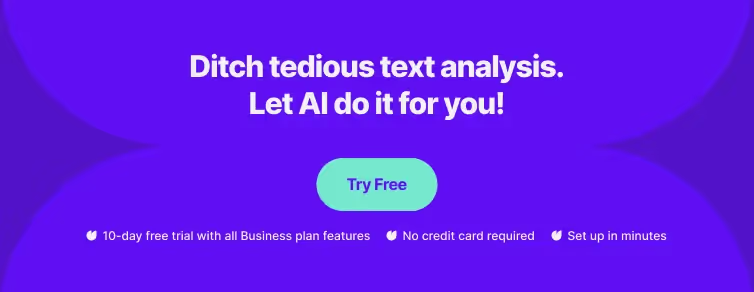
To analyze quantitative survey results, like ratings, you can use the built-in analytics tool that visualizes real-time data, providing concrete performance indicators.
Generate actionable insights
Finally, distill the feedback into actionable insights. Collate them into a concise report, and integrate your findings into your product roadmap or service strategy.
This integration is where customer feedback loops close, and real improvement begins.
How to measure customer satisfaction?
Effective measurement of customer satisfaction is achieved through various metrics that capture feedback on different aspects of the digital customer experience.
Net Promoter Score (NPS)
NPS gauges customer loyalty and long-term satisfaction by asking one central question: How likely are you to recommend our company/product/service to a friend or colleague?
Responses are typically on a 0-10 scale, and respondents are categorized as Promoters (9-10), Passives (7-8), or Detractors (0-6).

Calculate your NPS using the formula: NPS = % Promoters - % Detractors
Customer Satisfaction Score (CSAT)
CSAT measures customer satisfaction with a product, service, or experience. After an interaction, customers are asked to rate their satisfaction, often on a scale of 1-5:
The CSAT score is then presented as a percentage of satisfied customers (the sum of ratings 4 and 5) over the total number of responses.
Customer Effort Score (CES)
CES evaluates the ease of interaction with a company by asking customers to rate the effort required to use a product or service or resolve an issue.
The question may appear as:
The company made it easy for me to handle my issue.
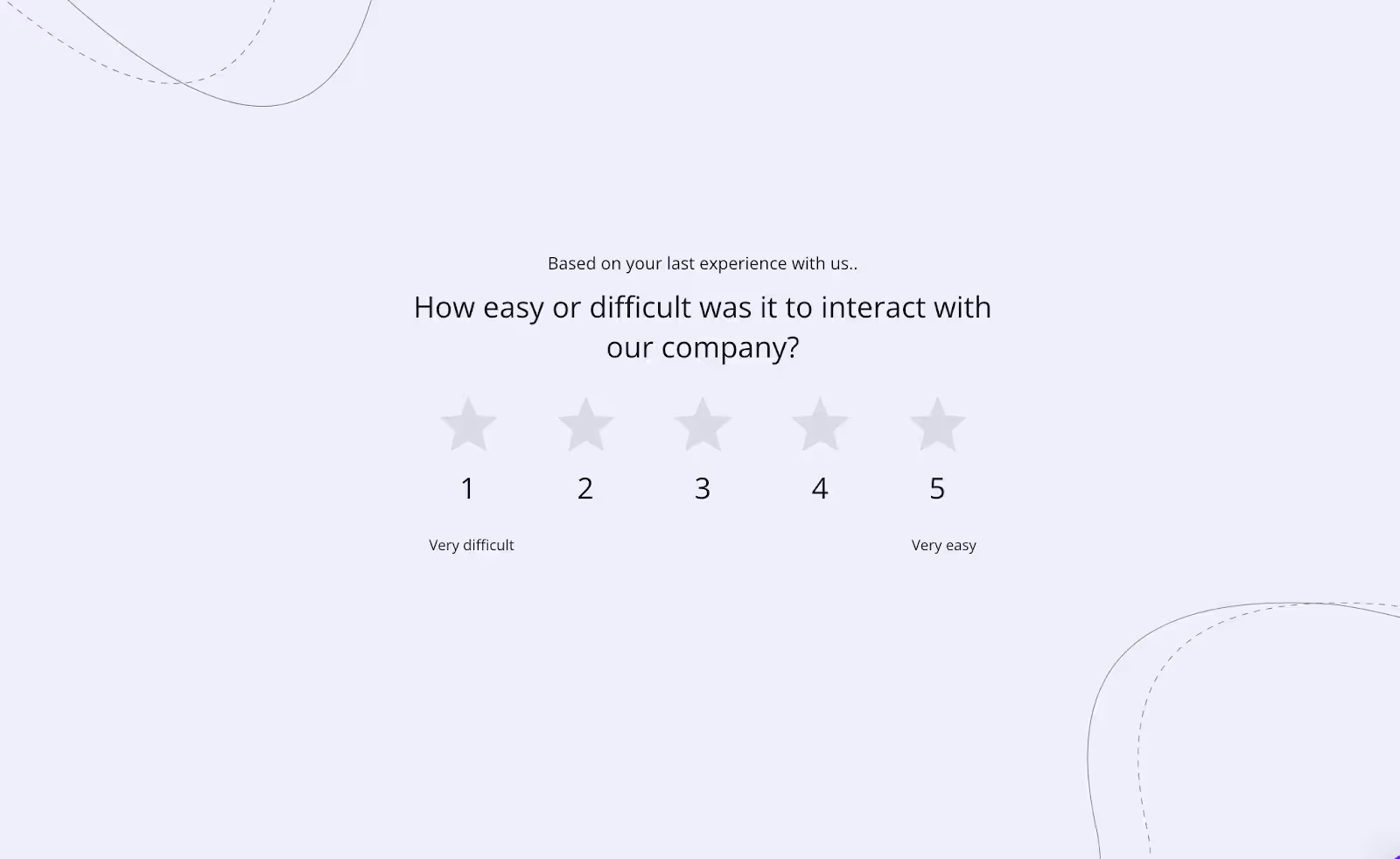
Again, ratings are from 1 (strongly disagree) to 5 (strongly agree). A lower score indicates better performance, implying less effort was needed from the customer.
Data-driven customer insights
To effectively tailor your strategies and enhance the customer experience, you have to grasp data-driven insights. You can analyze customer behavior through various techniques to understand and predict their needs accurately.
Analytics and data mining
They will help you sift through vast amounts of customer data. These methods allow you to uncover patterns, correlations, and trends that paint a clearer picture of your customer base.
Predictive modeling
With predictive modeling, you can anticipate future actions based on historical data.
Customer lifetime value estimation
Understanding the Customer Lifetime Value (CLV) helps you identify the most profitable customer segments to focus your efforts. CLV is estimated by analyzing:
- Purchase frequency and average spending
- Customer loyalty and retention rates
- Profit margins associated with different customer groups
Integrating CLV into your strategy allows you to allocate resources more effectively and improve long-term business growth.
Personalize customer experience
Personalization strategies are key to advancing customer experiences. They enhance overall satisfaction and drive business results through targeted engagement.

Customize communication
Your marketing communications should be tailored to the preferences and behaviors of your audience segments. This requires a keen understanding of customer segmentation, informed by data such as demographics and purchase history, for example:
- Email Campaigns: Send emails based on user activity, like browsing a specific product category.
- Social Media: Target ads on platforms where your customers spend the most time.
Personalize your product
Offering personalized products can significantly increase customer engagement. Use data analytics to understand customer preferences and provide customized product options, for example:
- Recommendations: Implement algorithms to suggest products based on past purchases.
- Customizable Products: Allow customers to alter aspects of a product to fit their needs.
Tailor services
Your services should evolve to meet the unique needs of each customer. Elevate the customer experience by:
- Feedback Loops: Establish systems to gather and act upon customer feedback promptly.
- Personalized Offerings: Develop services that adapt based on customer interactions and preferences.
Effective customer experience strategy
A holistic view is fundametnal to truly understand customers and how they behave along the digital journey. Effective use of CRM or customer experience management systems, as well as strategies to retain customers or enhance loyalty programs, are vital to stay on the right track.
Customer Relationship Management systems
Selecting a CRM system:
- Ensure the system aligns with your business objectives.
- Assess ease of integration with current technologies.
Optimizing customer data:
- Leverage CRM analytics to personalize customer interactions.
- Keep your customer data accurate, current, and comprehensive.
Customer retention tactics
Personalization:
- Tailor interactions to meet individual customer needs.
- Use customer behavior data to send relevant offers.
Nurturing customer relations:
- Regularly engage with customers through multiple channels.
- Provide value beyond transactions with educational content.
Loyalty Program Strategies
Designing Effective Programs:
- Offer rewards that are valuable and attainable to your customers.
- Use customer segmentation to tailor loyalty benefits.
Measuring Program Success:
- Track participation rates and redemption metrics.
- Adjust the program based on customer feedback and behavior.
Understand customers better with Survicate
Understanding your customers is not just about gathering data; it's about transforming that information into meaningful relationships and tailored experiences.
Survicate steps in as a versatile tool to bridge the gap between customer feedback and actionable business intelligence. This intuitive survey software, equipped with powerful AI features, real-time analytics, and multichannel distribution, simplifies the process of collecting and analyzing customer input. Whether measuring satisfaction through NPS, CSAT, or CES, Survicate provides a comprehensive suite to understand and engage with your customers on a deeper level.
As the journey to customer understanding is ongoing and ever-evolving, the right approach and tools can lead to significant growth and customer loyalty.
Take the first step towards enhancing your customer insights by trying out Survicate. Sign up for a 10-day free trial offering all the Business Plan features and discover how to transform customer feedback into your company's success.
Frequently Asked Questions
In this section, you'll uncover how to leverage tools for better customer insight, explore proven strategies, understand common terminology, find resourceful books, discover guides or PDFs, and grasp the importance of customer understanding in marketing.
How can businesses effectively implement tools to improve understanding of their customers?
To effectively implement tools for enhancing customer understanding, your business can integrate customer relationship management (CRM) systems to track interactions and feedback. Additionally, using analytics and customer surveys can provide actionable insights into customer behavior and preferences.
Can you provide examples of successful strategies for gaining deeper insights into customer behavior?
Successful strategies include monitoring customer interactions on social media platforms, employing Net Promoter Score (NPS) surveys to measure loyalty, and conducting in-depth interviews to gather qualitative data. These approaches can reveal patterns and trends in customer behavior.
What are some common terms used to describe the process of comprehending customer preferences and expectations?
Terms such as "customer journey mapping," "consumer behavior analysis," and "customer segmentation" are vital in comprehending preferences and expectations. These terms involve different methods of analyzing and grouping customer data to better understand various aspects of the customer experience.
Are there any recommended books focusing on broadening customer understanding within a business context?
Books like "The Ten Principles Behind Great Customer Experiences" by Matt Watkinson and "Outside In: The Power of Putting Customers at the Center of Your Business" by Harley Manning provide insightful strategies for businesses to enhance customer understanding.
Where can one find comprehensive guides or PDFs about enhancing customer understanding?
Comprehensive guides or PDFs can often be found on industry-leading websites, such as the American Marketing Association, or through academic publications. These resources offer in-depth reviews of tools and tactics for improving customer insight.
In what ways is customer understanding crucial for developing effective marketing strategies?
Customer understanding is the foundation for targeted marketing strategies. By knowing your customers' preferences, purchase history, and feedback, you can create personalized marketing campaigns that increase engagement and conversion rates.








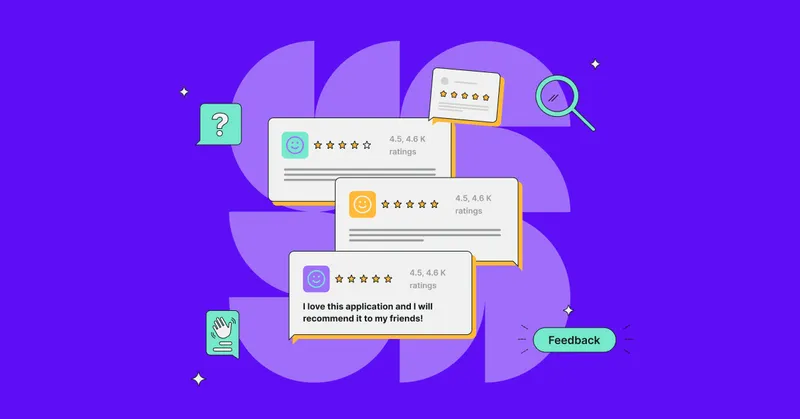
.webp)
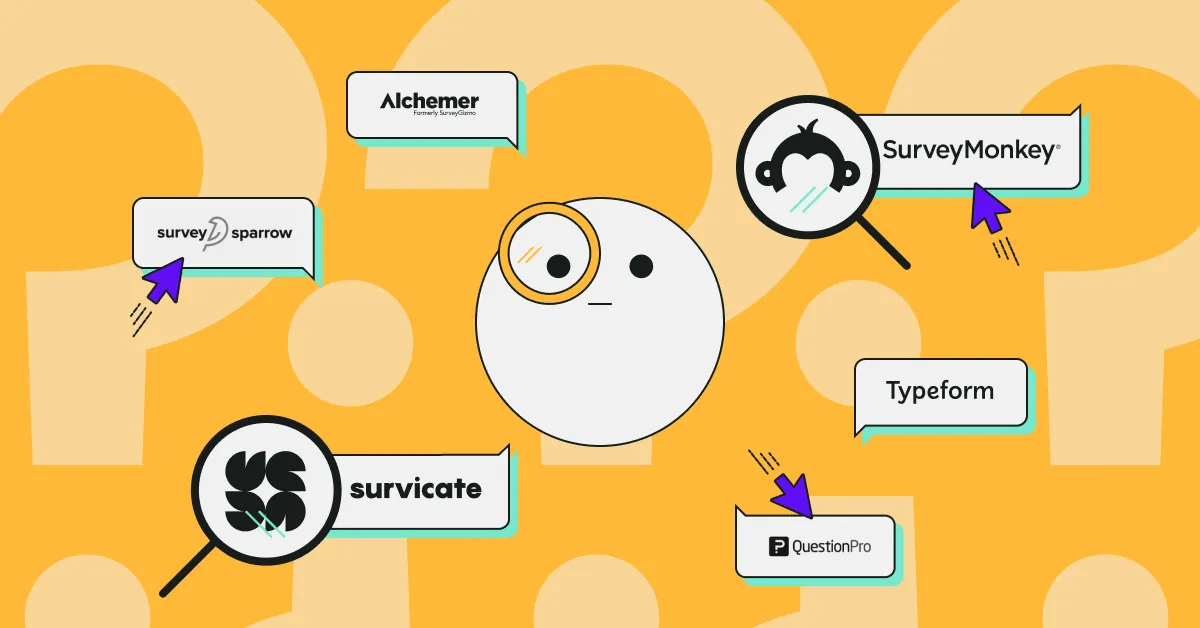
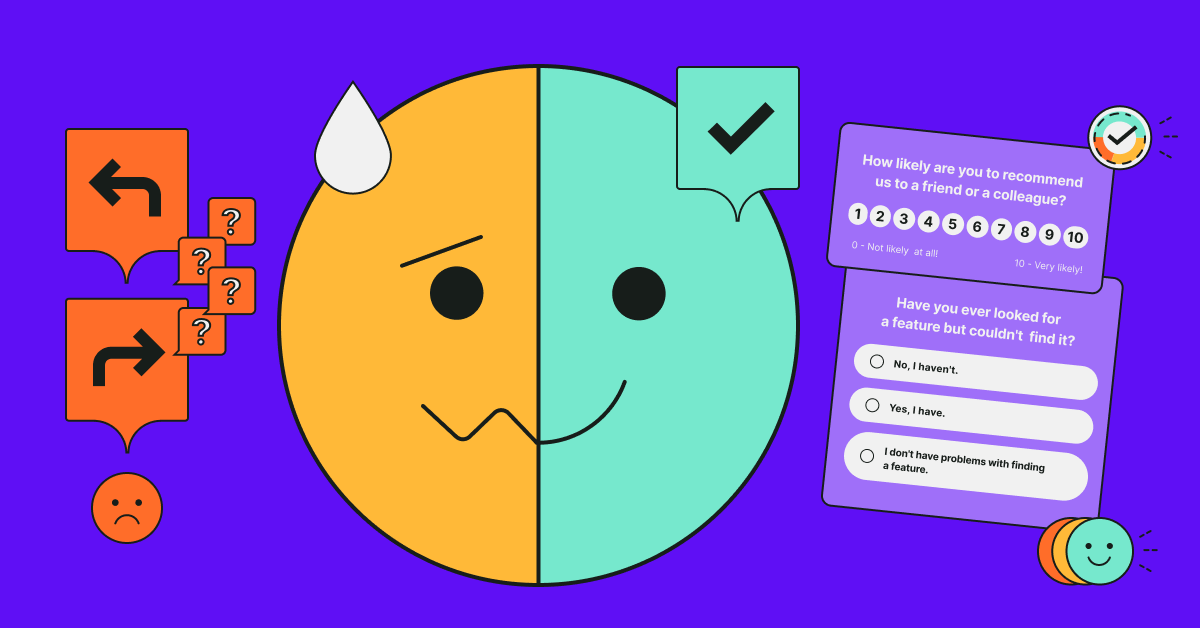

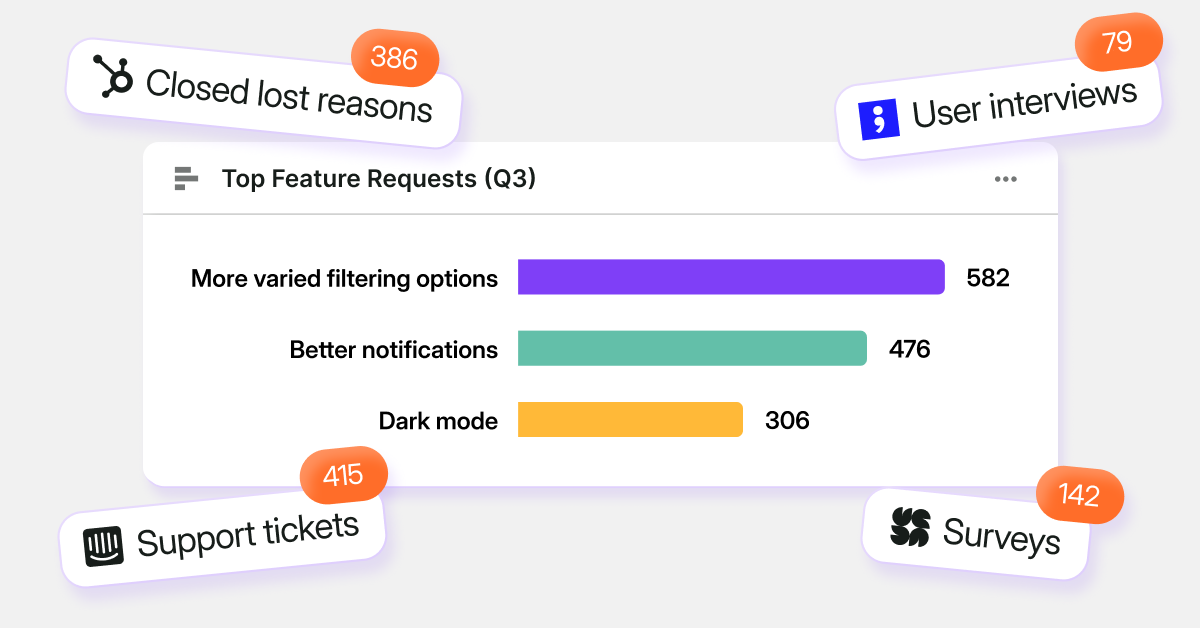
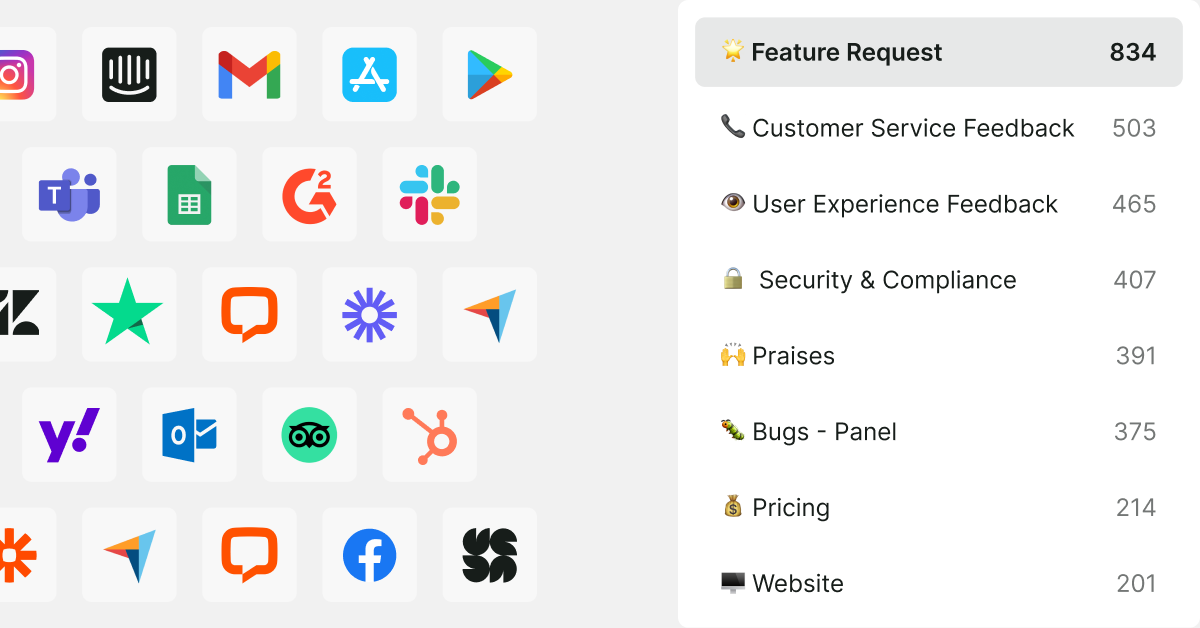
.svg)

.svg)



